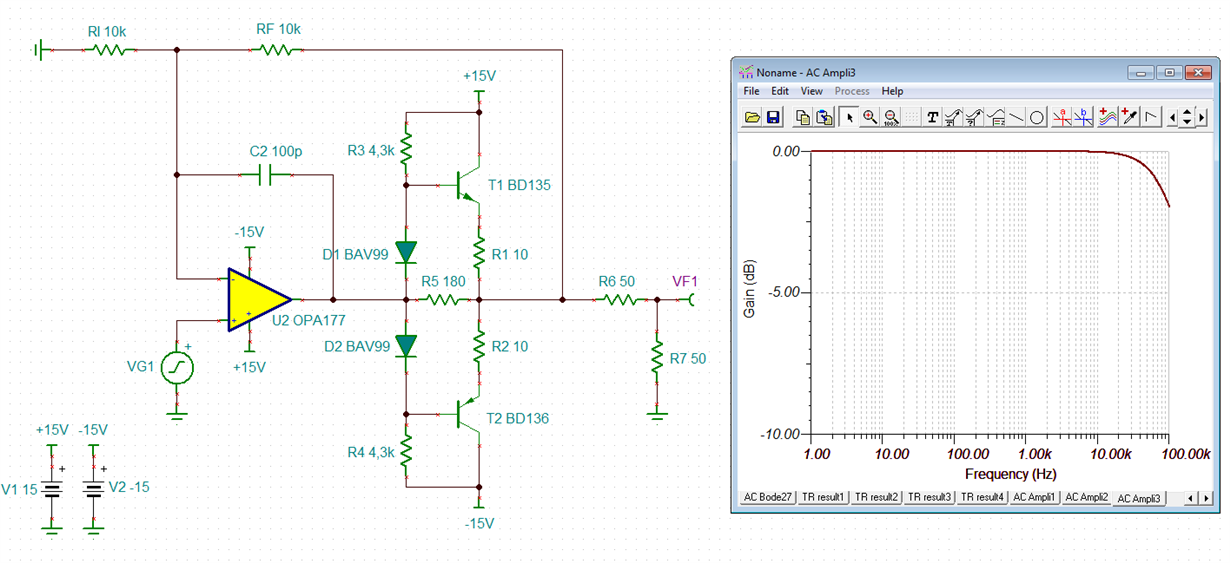I am building an electrometer type circuit, probably using an LMC6001. However, I want the output to drive 50 cable and the LMC6001 does not have enough output current. I have been searching for various op amps that can act as a driver for 50 ohms such as BUF634, LMH6672, and OPA633. A 5 volt signal into 50 ohms is 100mA so I need at least 100mA output current for the buffer. I don't need a lot of bandwidth and some of those amps are more oriented towards high bandwidth. Right now, the BUF634 is my main choice but I am open to other suggestions. I could not find much in the General Op Amp section. The BUF634 was sort of hidden away in a different section. I think the only important parameter for this output amp is the current. I don't need a hug multi-amp power op amp. Just maybe 200 mA.
-
Ask a related question
What is a related question?A related question is a question created from another question. When the related question is created, it will be automatically linked to the original question.



